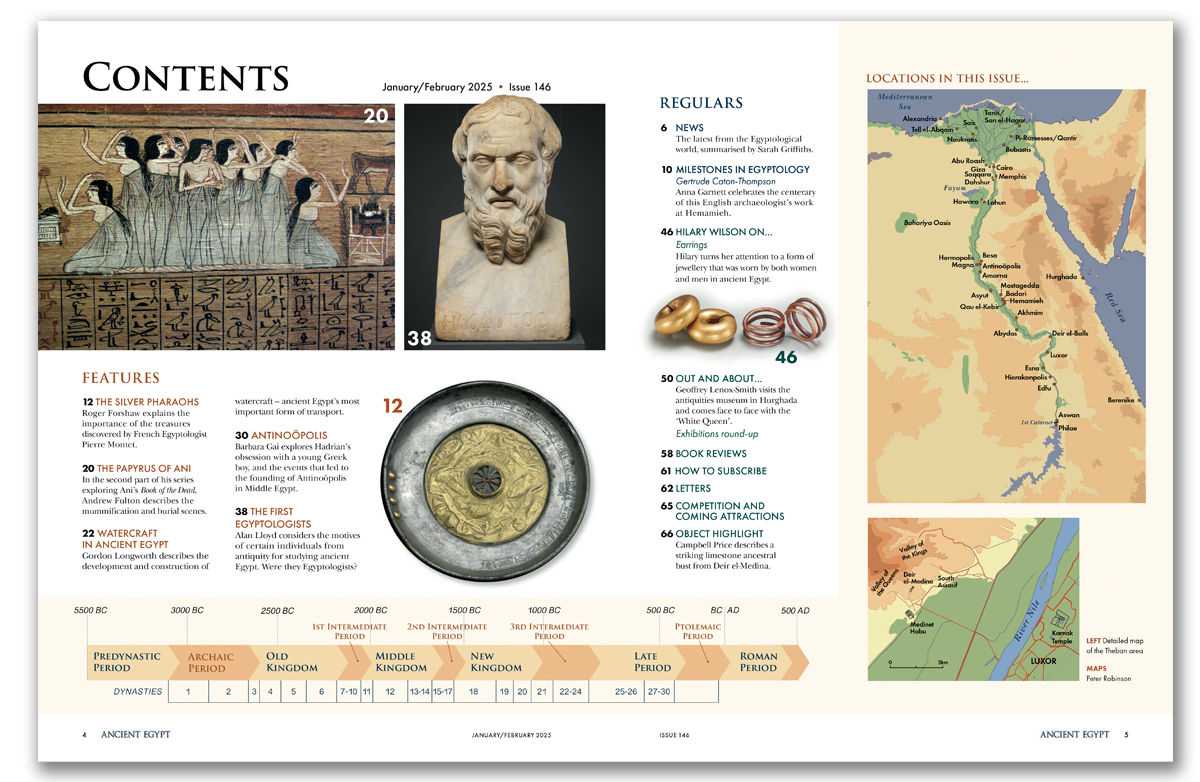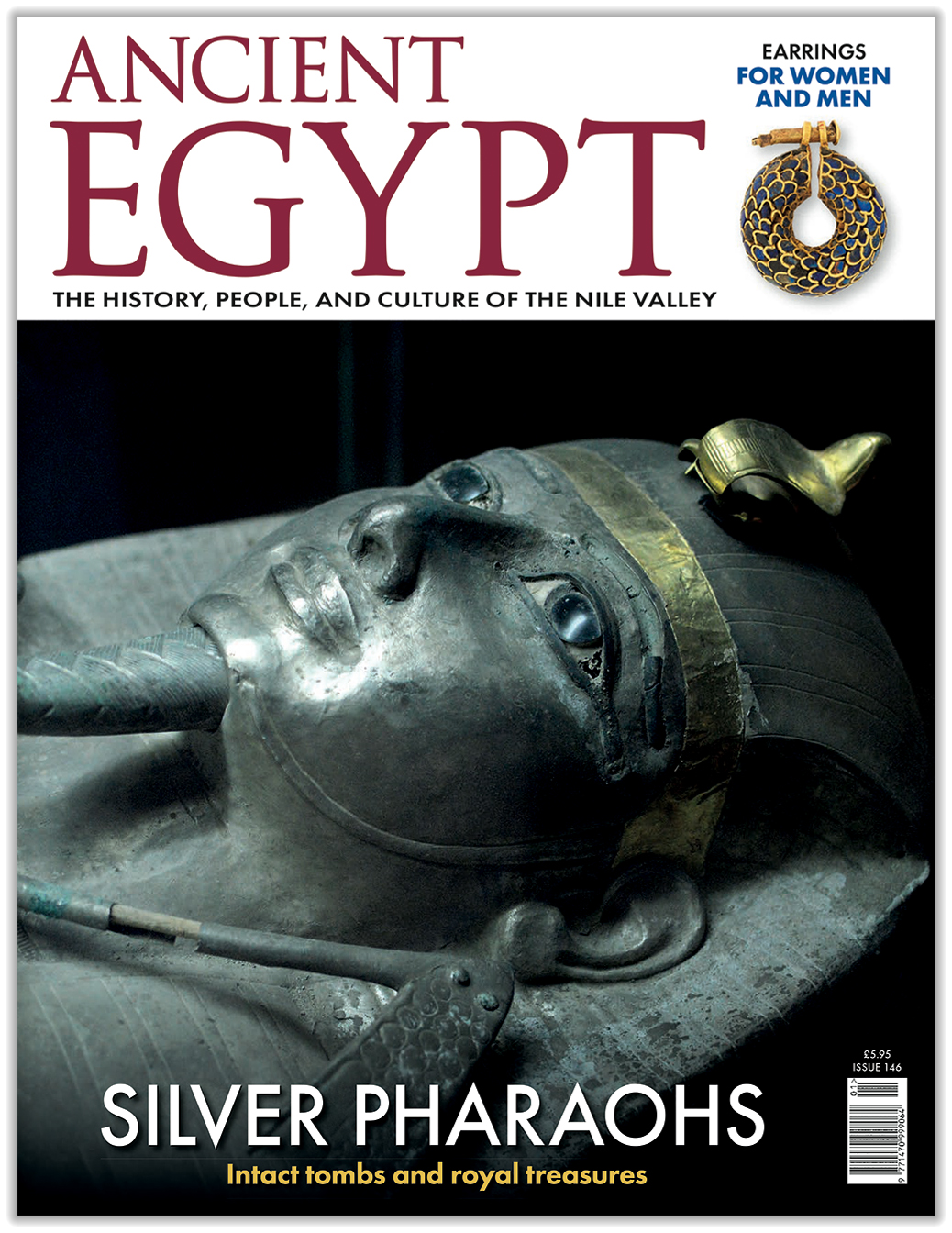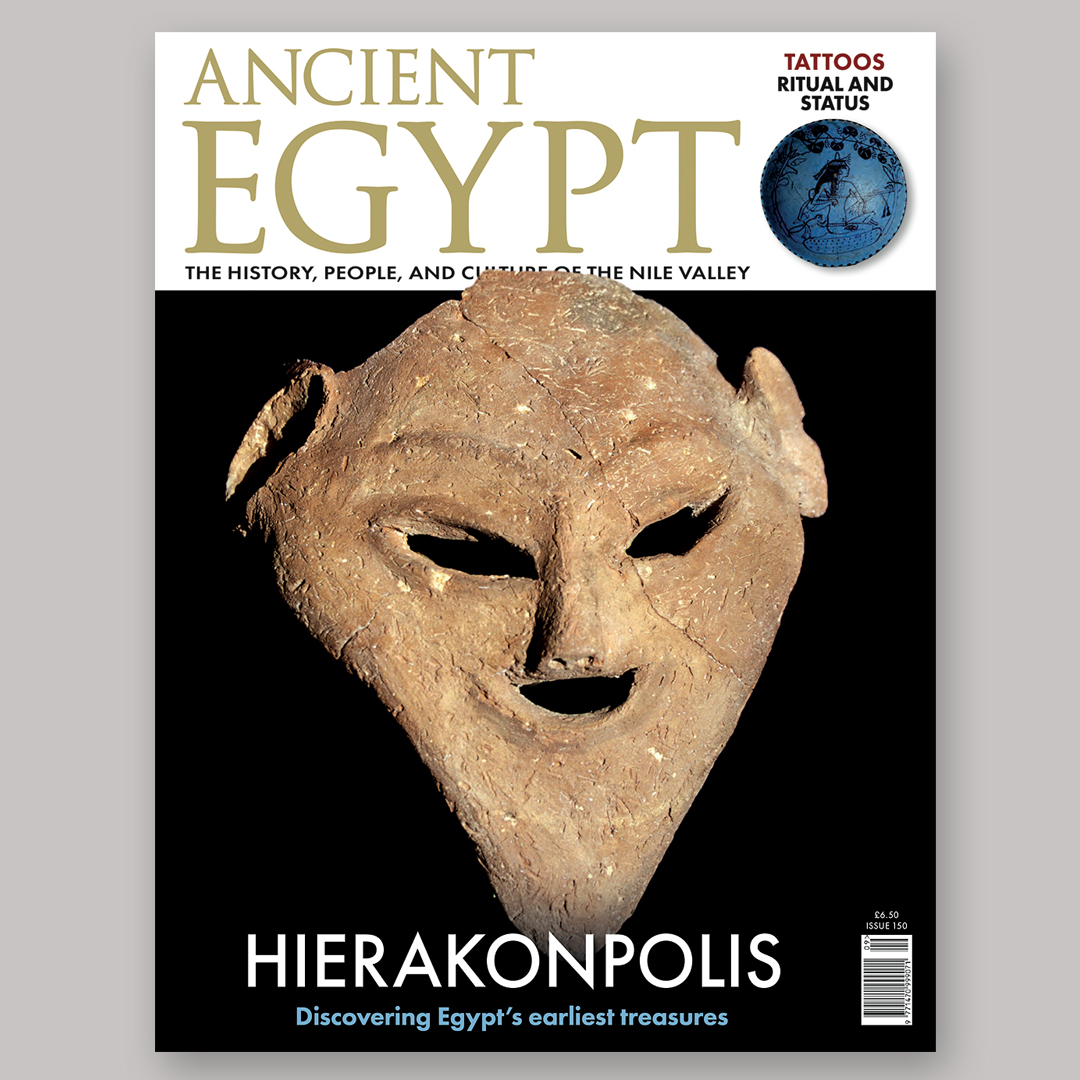AE 146 - Jan / Feb 2025
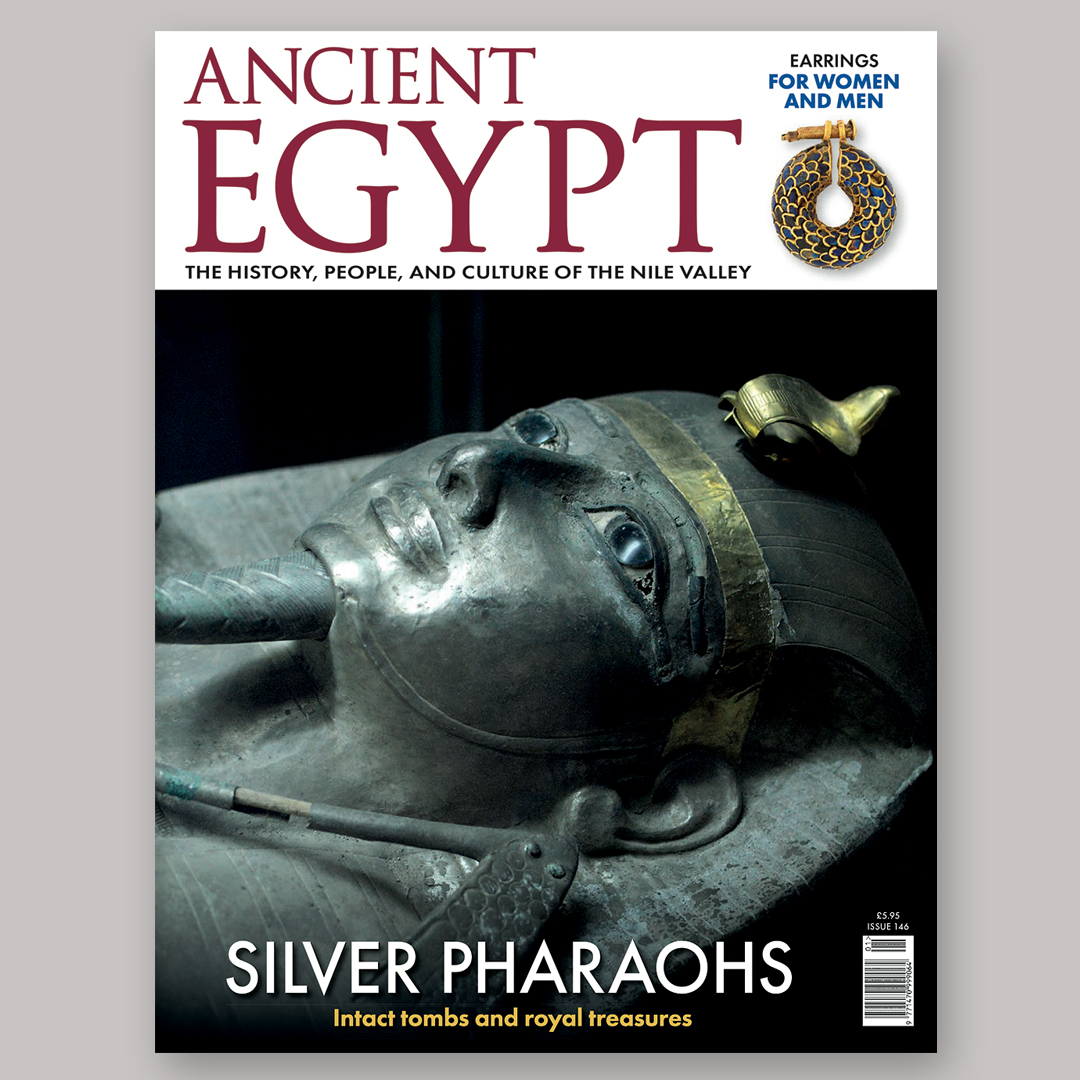
To modern eyes, the use of silver for the coffins of the pharaohs buried at Tanis, as described by Roger Forshaw, seems strange. We might expect to see something like Tutankhamun’s solid gold coffin, especially in the undisturbed tombs. Was this an indication that the pharaohs of the Twenty-first Dynasty were impoverished compared with those of the Twentieth Dynasty? Not so, because, for most of Egypt’s history, silver was valued more highly than gold. Whereas gold could be obtained relatively easily from Nubia in the south, silver had to be imported from much further afield. We associate silver with tarnishing caused by sulphur compounds polluting the atmosphere, but this must have been much less of a problem in ancient Egypt before the advent of the Industrial Revolution.
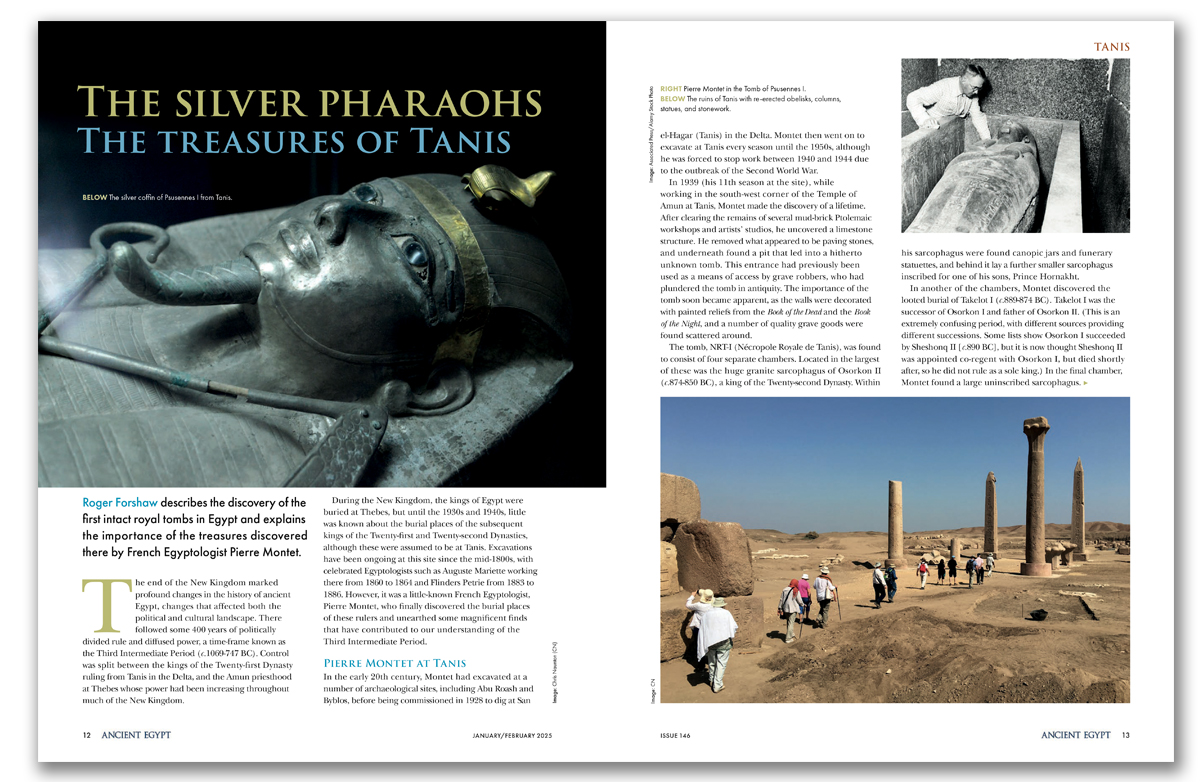
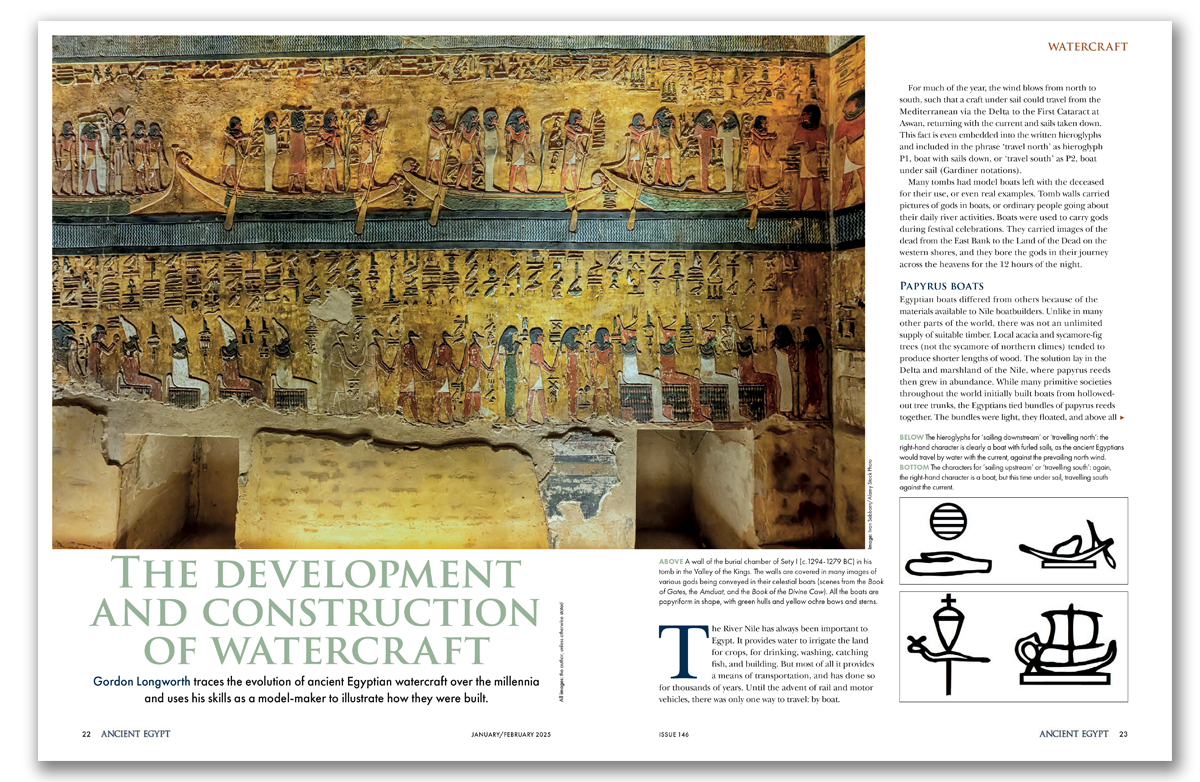
Alan Lloyd has chosen four individuals from the ancient society who were evidently interested enough in the past to study it, and asks what their motives for doing so might have been. Could they be classed as Egyptologists?
Tourists visiting Hurghada on the Red Sea coast do so mainly to enjoy the Egyptian weather, the sands, and the water sports. But perhaps a few may visit the museum there in which, as Geoffrey Lenox-Smith discovered, they could have a crowd-free opportunity to examine some of the objects from Tutankhamun’s tomb that visitors queued to see in London.
